The Minister of Culture, Lucian Romascanu, on Friday said, in Braila, after visiting the city's ruins, that the project to transform them into a museum "has all the data" to obtain financing for the design work through the Historical Monuments Stamp Duty (TMI) within the National Heritage Institute.
"I went, I saw those famous caves where the powder stores of the Turks were. It's a place that could turn into an absolutely wonderful museum. I promised the mayor that we have, that we will have funding through the National Heritage Institute, Historical Monuments Stamp Duty (TMI), for design, and I believe that this project has all the data to win such funding and we will follow the development of the project together. (...) We support you, this is a city that gives a lot in terms of Romanian culture, puts a lot on the map," said the Minister of Culture.
Romascanu pointed out that the caves, an important part of Braila's history, must be highlighted, and the space is generous for a historical gallery where elements specific to the era can be exhibited.
At the same time, the Minister of Culture mentioned that the access to the caves is made through a private property that the municipality intends to buy.
"It is a private property there (...) I spoke with the mayor, he intends to buy that land that has access to the caves, it is natural, it is an important part of Braila's history, three hundred years under Turkish domination, we must show that. And there is a very large gallery too, high, about 50-70 metres long, which could be a fantastical historical gallery. With proper air conditioning, you can exhibit, show to those who are interested in that era, it's really a generous space for something like that," added Lucian Romascanu.
The mayor of Braila, Marian Dragomir, showed that the local administration has initiated the steps to exercise the right of preemption to buy the caves and at the same time for inclusion in the heritage, modernization and opening to the public.
At the same time, MEP Mihai Tudose pointed out that the project for the caves must be an adjustable one, depending on the results of the discoveries in the field, the value of the project being difficult to measure at this point.
***
Braila still preserves today the traces of the largest defensive system ever built along the Danube. The caves were built by the Turks who ruled Braila for almost three hundred years and were used as underground passages, hidden from the eyes of the world, for transporting weapons, wealth and food directly to the Danube.
The legends of the place say that the Turks could cross the caves on horseback, so spacious were these galleries, the route starting from the last fortification, respectively from the Citadel - the northern area of the Gradina Mare, to the last defensive wall towards today's Cuza Boulevard, where they found the nine bastions, the positions of the guns of the Braila Garrison. The caves had two main roles: one of product storage and the other of a strategic-military nature, ensuring communication between the former Citadel, located in the area of Gradina Mare - Panait Istrati Boulevard - Al.I.Cuza Boulevard - the Danube esplanade and the outer fortifications of the fortress.
After 1829, the galleries mostly collapsed, but many of them survived because they were lined with brick.
The documents from that time to be found at the Braila Museum show that only a few segments of what were the military fortresses of Braila before 1828 are still preserved.
In 1955, following a study carried out by the Institute of Geology of the Academy, after many residents of Braila complained that their houses were falling, it was decided that Braila's ditches should be plugged. During the mentioned period, only a part of these catacombs was covered, because today there are many houses downtown Braila that have a basement or connections with the old network built by the Turks. AGERPRES

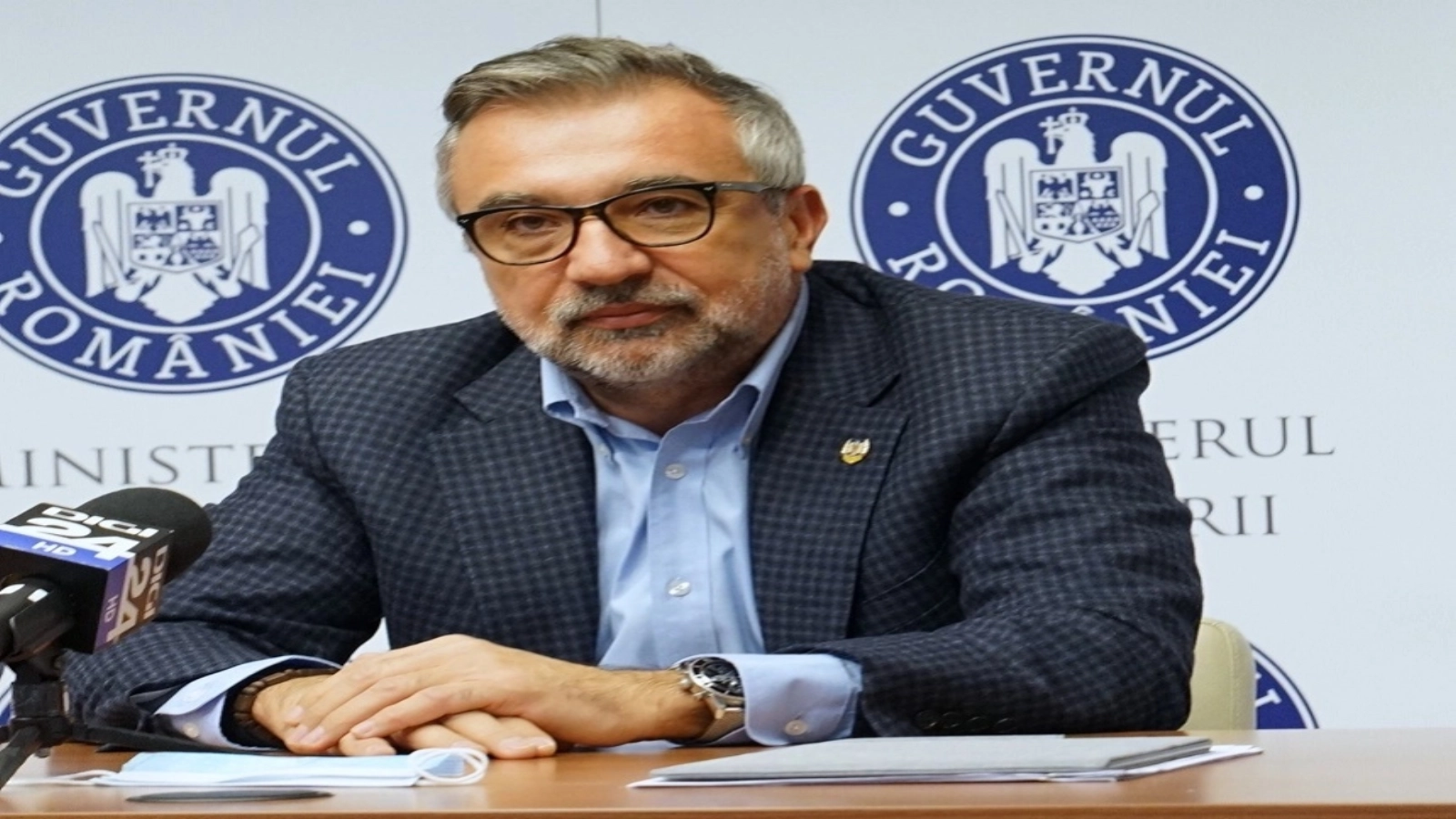







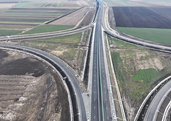










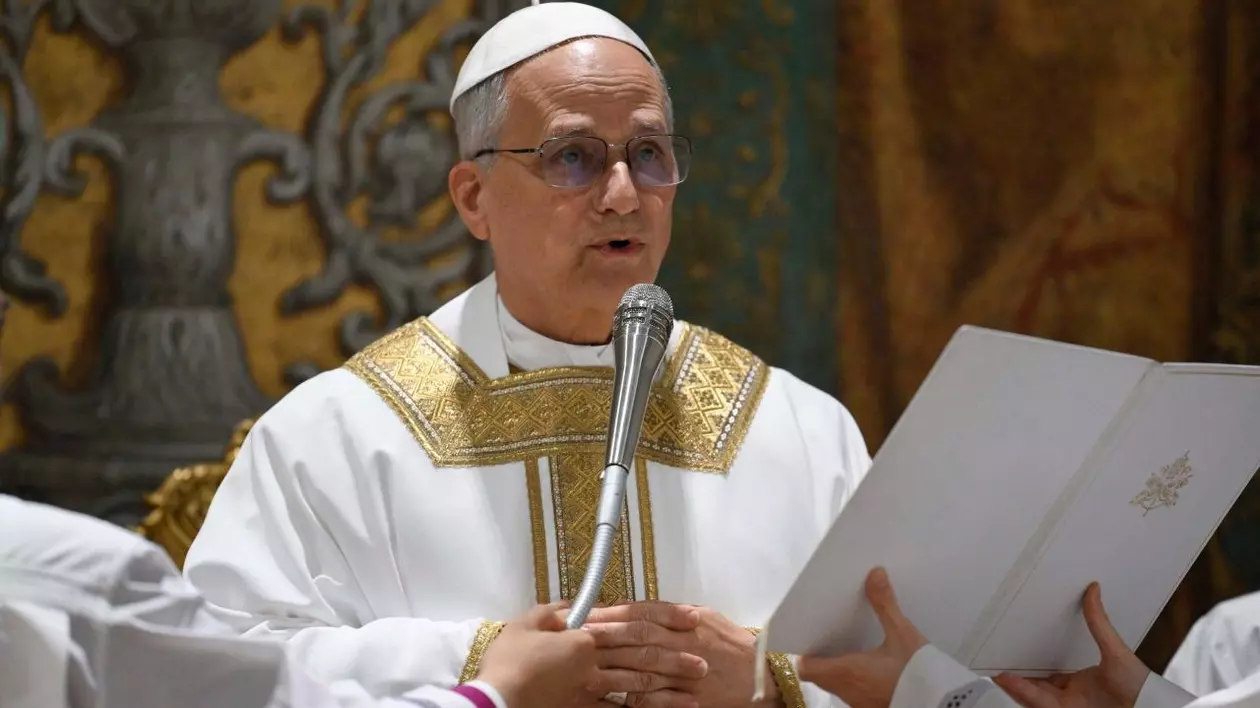
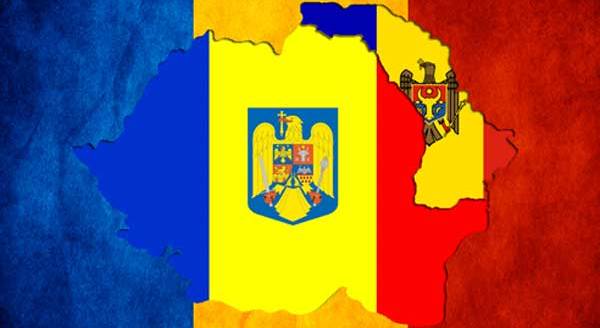
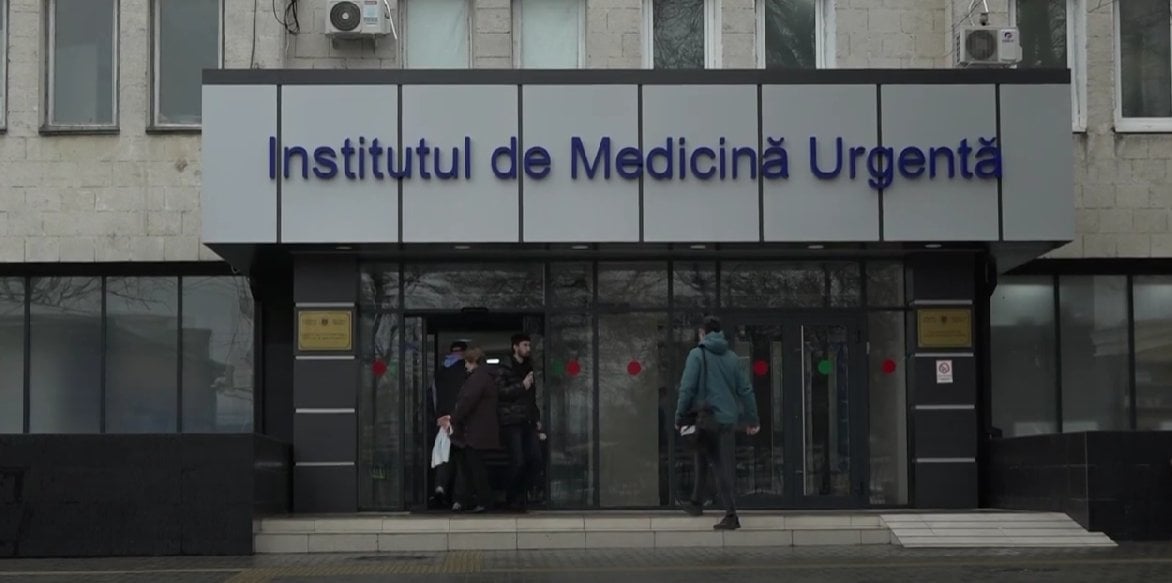
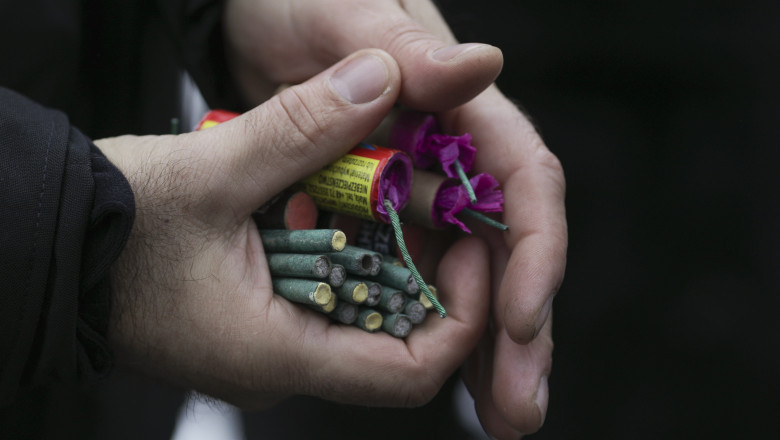








Comentează